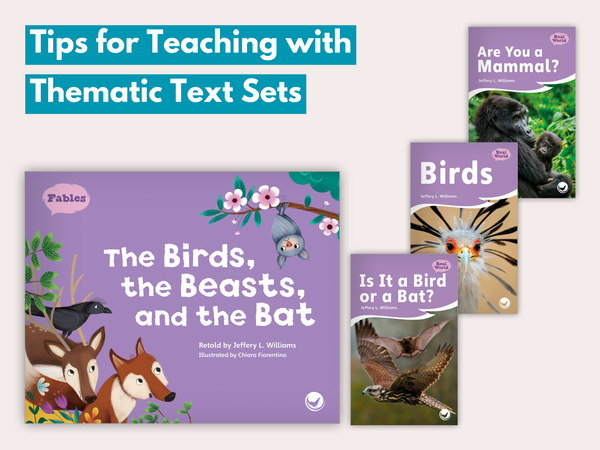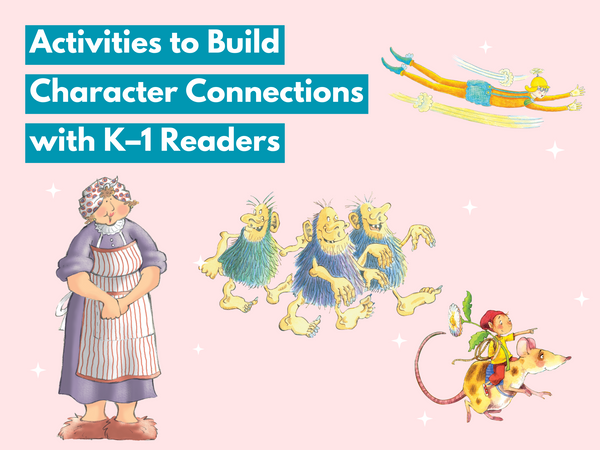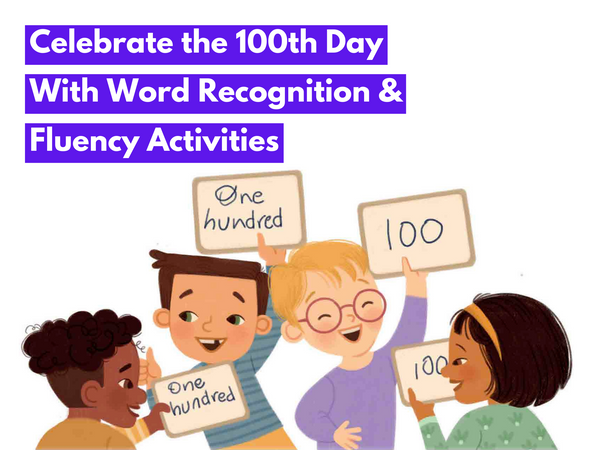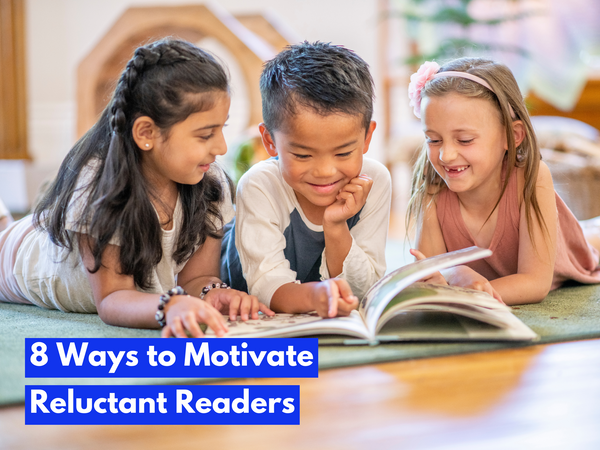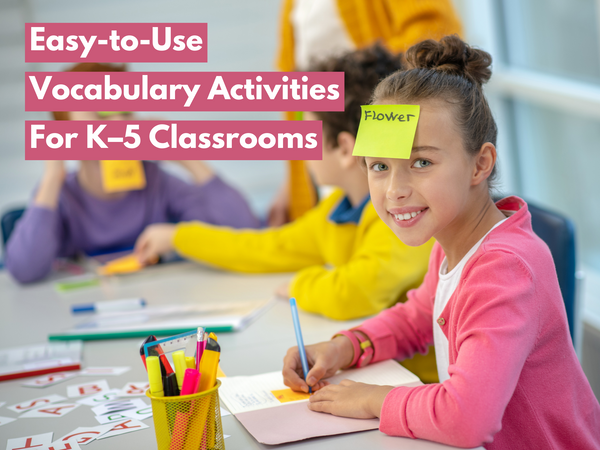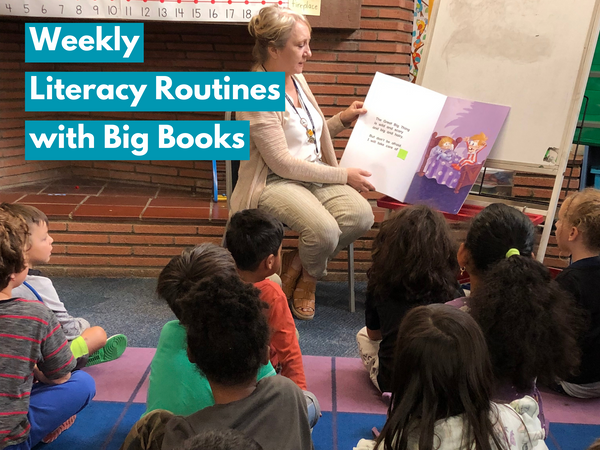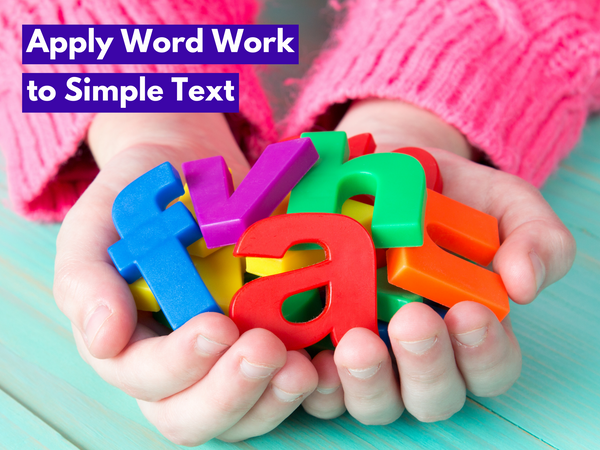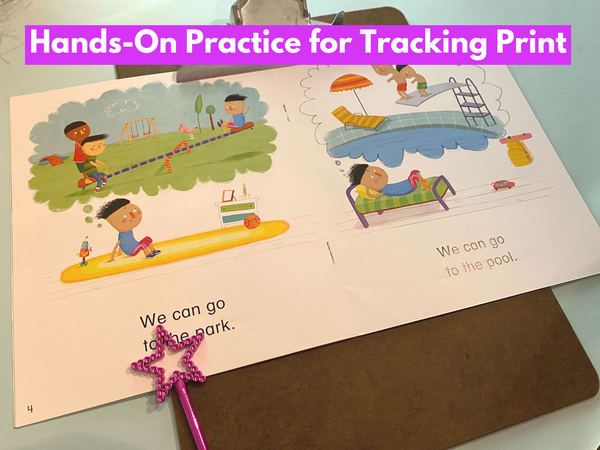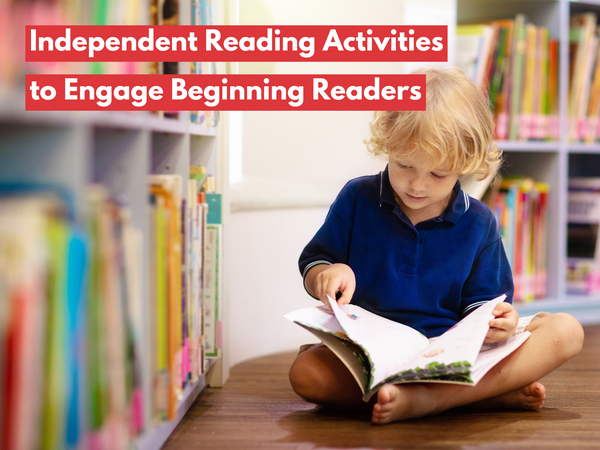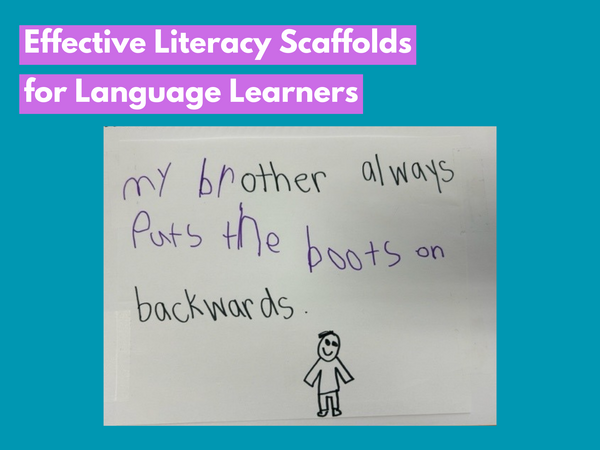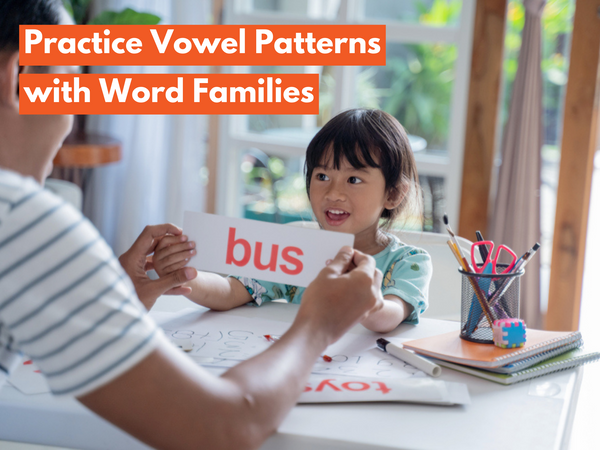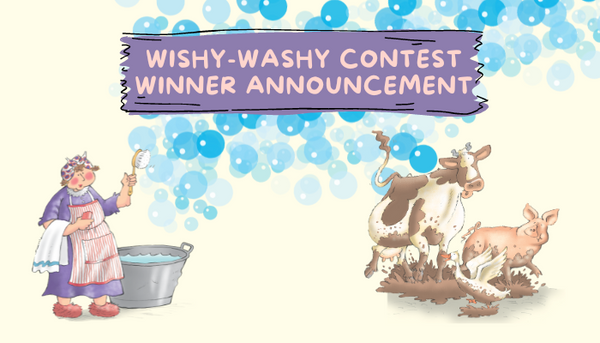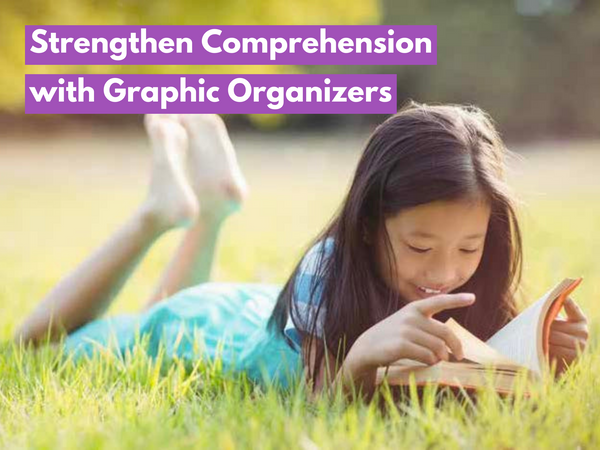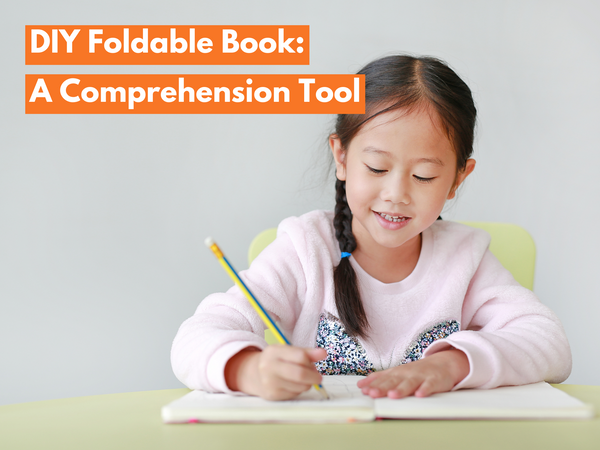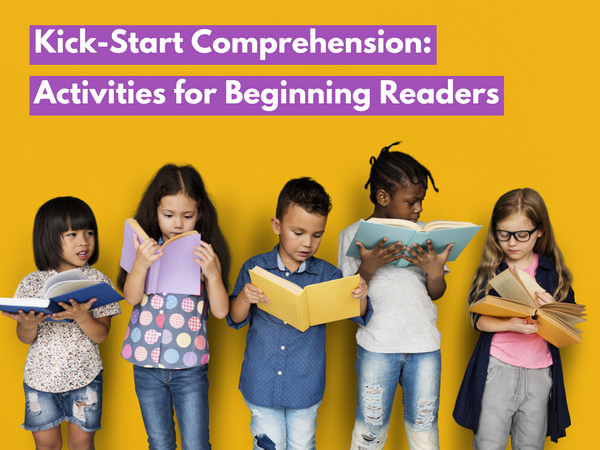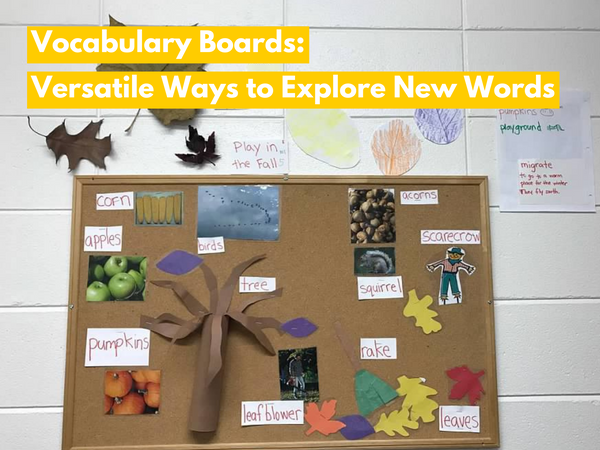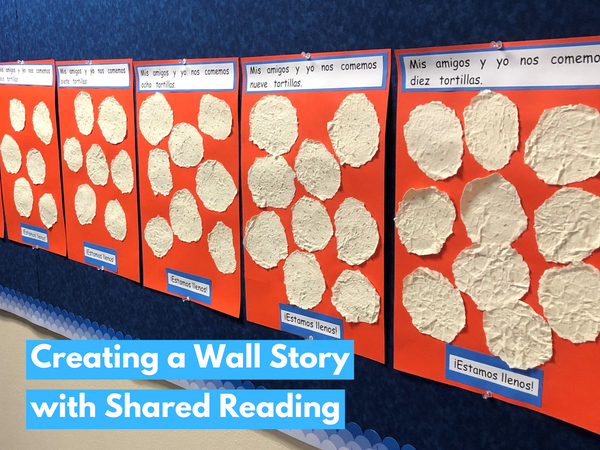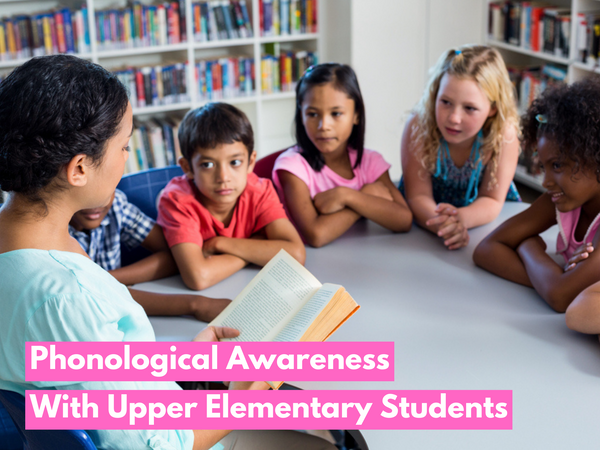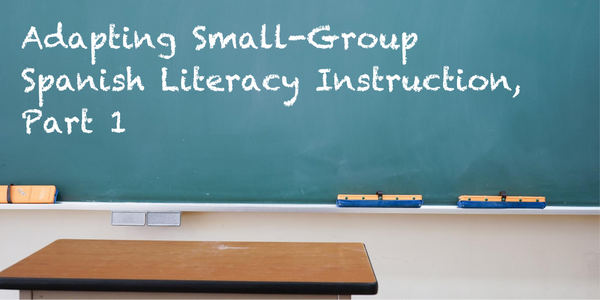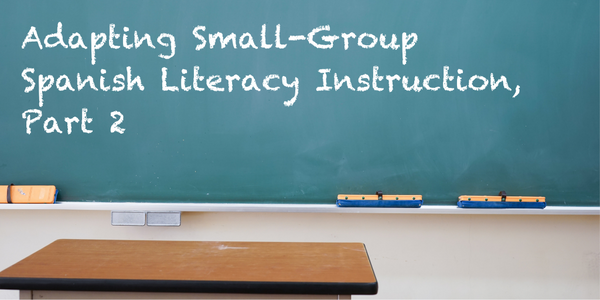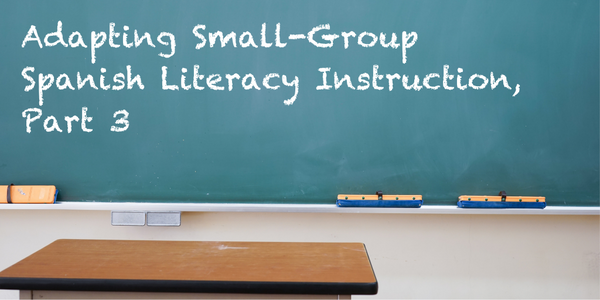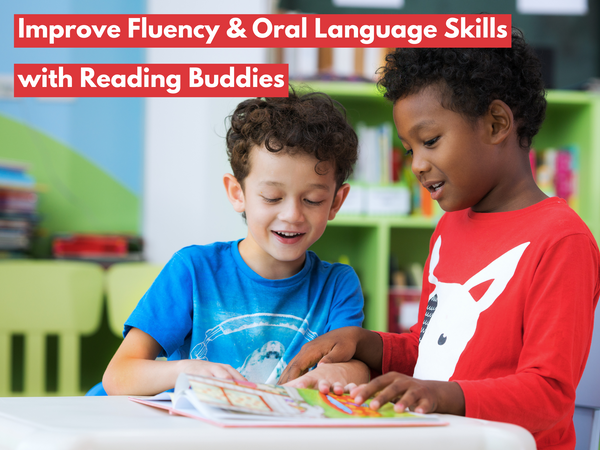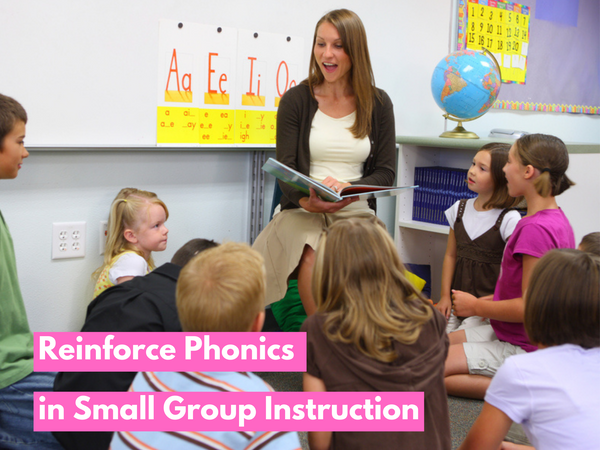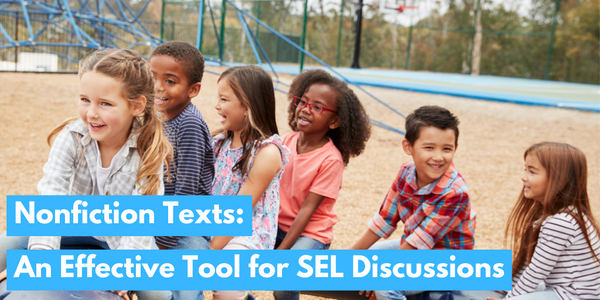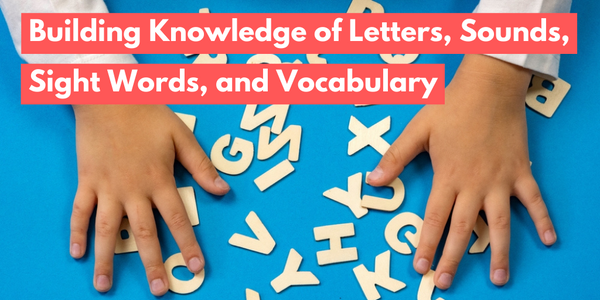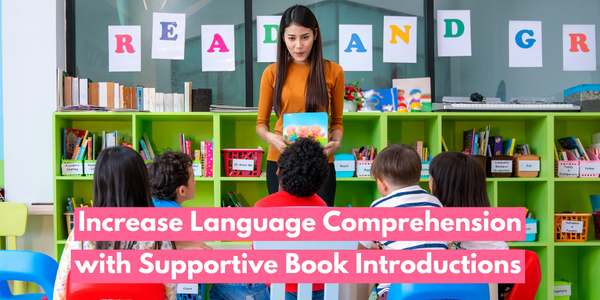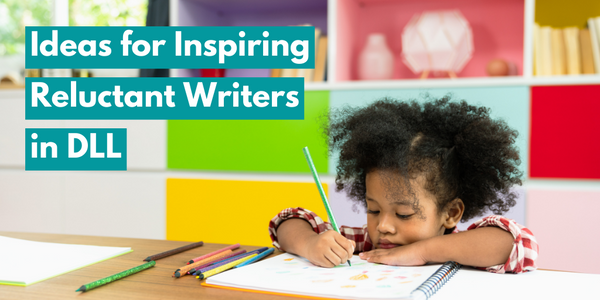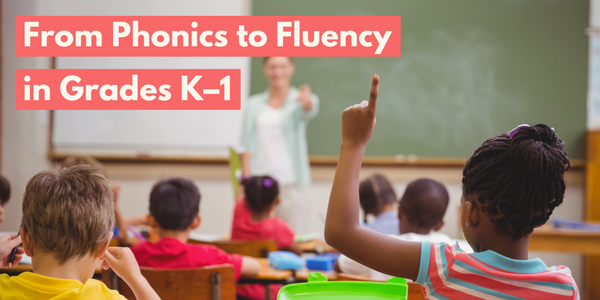By Beth Richards, Literacy Interventionist, Reading Recovery Teacher, Guest Blogger
During these unprecedented times, the lines of communication between parents and teachers have never been more important. Continuing to help young readers build a strong literacy processing system is now a collaborative effort, more so than ever.
4 Things to Consider When Taking Part in At-Home Learning: Here are some key things, such as strategies to use, approaches to avoid, and how to create the right atmosphere to learn in, that teachers want parents to keep in mind as they continue their children's education at home.
Please note, this post uses Joy Cowley's Greedy Cat is Hungry as an example text, but this advice can be used with any text parents may have at home.
1. Reading is a Meaning-Making Process
The goal of any type of reading is understanding. When early readers begin to develop knowledge around literacy, you will hear them storytelling. They are making a meaningful story that matches the pictures they see on the page. The goal is to have early readers understand that the pictures and words go together to make a meaningful story that can be understood and talked about.
Here’s how parents can support this at home:

- Take a minute to look through the book to get an idea of what it’s all about.
- Read the title to the child, and tell them a brief statement, like “This book is called 'Greedy Cat is Hungry'. In this story, Greedy Cat is trying to find food to eat.”
- Encourage the child to orient themselves to the book (often referred to as a picture walk). They can look through the pictures and talk aloud about what is happening on each page. This gets them thinking about the story so when they get stuck, they can think about what would make sense in that part of the story.
- If they are having a difficult time continuing on with a sentence, direct the child’s attention to the meaning of the story, using one of these questions. What would make sense? Can the picture help? Or use a question word to help the child get to the unknown word. What is Greedy Cat doing? What does he want? Of course, make sure that the question you choose matches what the child is stuck on.
- If it seems like things are breaking down, close the book, and remind the child about the storyline. Then reopen the book and have them try again.
2. Avoid Saying "Sound it Out"
For early readers, many of the words they encounter in books are high-frequency words that show up over and over again. However, some of these words are irregular, meaning they don’t follow traditional letter or sound correspondence rules. So telling a child to “sound it out” is not always a helpful hint (for more information on how to help readers develop strategies to solve unknown words, check out this blog post).
Here’s how parents can support this at home:
- Always start by asking the child to think about what would make sense and look right. Meaning comes first, and should always be the first thing you ask a child to consider.
 Ask the child to look for a part they know in the unknown word. Sometimes this will be a known word (like -at in sat). Sometimes it will be two known words together (like in a compound word like cannot).
Ask the child to look for a part they know in the unknown word. Sometimes this will be a known word (like -at in sat). Sometimes it will be two known words together (like in a compound word like cannot). - If they can’t see a part, but you suspect they know it, ask them to find what you think they might know. For example, if they are stuck at the word "catch," you can say, “Find the part that says "-at" (or cat if it’s known) and use it to help yourself.”
- Give the child choices. If they are stuck at the word "with" and do not see any known parts they can use, you can give them choices by asking them, “Is it 'where' or 'with'?” That still means that the child has some work to do. They have to look and see which one looks right and think about which one makes sense in this part of the story. So even though it seems like you’re giving it away, it’s still requiring some decision making from them.
- Finally, for complex spelling patterns that your child may not know yet, just show and tell. For example, if your child stops at the word "could," put your fingers in to show the part that says "-ould," and say, “This part says -ould. Use it to help yourself.” Now the child has to use that part and blend it with the first part to come up with the word, so they still have to do some work.
3. Give Your Child Time
Early readers need opportunities to develop their independence as readers, so they can self-correct and develop strategies to help notice and fix their mistakes. Knowing when something’s wrong and needs to be fixed or tried again is one of the most important things that helps young readers develop.
Here’s how parents can support this at home:
 Don’t jump in right away. If your child says the wrong word, stay silent! The goal is to have them notice the mistake on their own. They may say the wrong word, but as they keep reading further on in the sentence, hopefully, they notice that their substitution doesn’t work (it doesn’t make sense or look right or sound right), and goes back to try again.
Don’t jump in right away. If your child says the wrong word, stay silent! The goal is to have them notice the mistake on their own. They may say the wrong word, but as they keep reading further on in the sentence, hopefully, they notice that their substitution doesn’t work (it doesn’t make sense or look right or sound right), and goes back to try again.
- Let them get to the end of the sentence or page. If they still haven't noticed by that point, then simply ask them to try that again because something wasn’t quite right.
- Ask them what they could try to help themselves. Their teacher(s) has been working to teach and encourage the use of problem-solving strategies. Chances are, your child can name something(s) that they could try when they get stuck.
4. Be Patient and Enjoy Reading Together
It's a highly unusual time for everyone. Parents and students alike are similarly worried and out of their normal routines. One thing to keep in mind is that working with early readers requires extensive patience as they try to navigate and understand how the written language works.
Here’s how parents can help at home:
- Schedule reading time at a point in the day where both you and your child are calm and/or not rushed. This time should feel good for both of you. Children’s attitudes are shaped from their experiences, so if their encounters with reading are stressful, the brain perceives reading as a stressful (and not enjoyable) activity.
- If it’s not going well, abandon ship. If you feel the book is too hard for your child, tell them they’ve done a great job reading so far and that you are going to finish reading this book to them. Then ask them to find another book, and try again.
- Read aloud to your child. Reading aloud allows kids to experience higher-level texts, develop oral language skills and grow their vocabulary. Share some favorite picture books together, or work your way through a chapter book, reading a portion each day and talking about what you’ve read.
Hopefully, these tips will help parents as they guide their children at home. The support parents provide will be different than the type of support students receive in the classroom. During this time, it’s essential that parents and teachers work together to support early readers.
 Beth has been teaching for seventeen years. She has taught kindergarten, third, and fourth grades in Wisconsin. For the last six years, she has been a literacy interventionist and Reading Recovery teacher and loves spending her days helping her students develop and share her love of reading.
Beth has been teaching for seventeen years. She has taught kindergarten, third, and fourth grades in Wisconsin. For the last six years, she has been a literacy interventionist and Reading Recovery teacher and loves spending her days helping her students develop and share her love of reading.




 Ask the child to look for a part they know in the unknown word. Sometimes this will be a known word (like -at in sat). Sometimes it will be two known words together (like in a compound word like cannot).
Ask the child to look for a part they know in the unknown word. Sometimes this will be a known word (like -at in sat). Sometimes it will be two known words together (like in a compound word like cannot).  Don’t jump in right away. If your child says the wrong word, stay silent! The goal is to have them notice the mistake on their own. They may say the wrong word, but as they keep reading further on in the sentence, hopefully, they notice that their substitution doesn’t work (it doesn’t make sense or look right or sound right), and goes back to try again.
Don’t jump in right away. If your child says the wrong word, stay silent! The goal is to have them notice the mistake on their own. They may say the wrong word, but as they keep reading further on in the sentence, hopefully, they notice that their substitution doesn’t work (it doesn’t make sense or look right or sound right), and goes back to try again.










